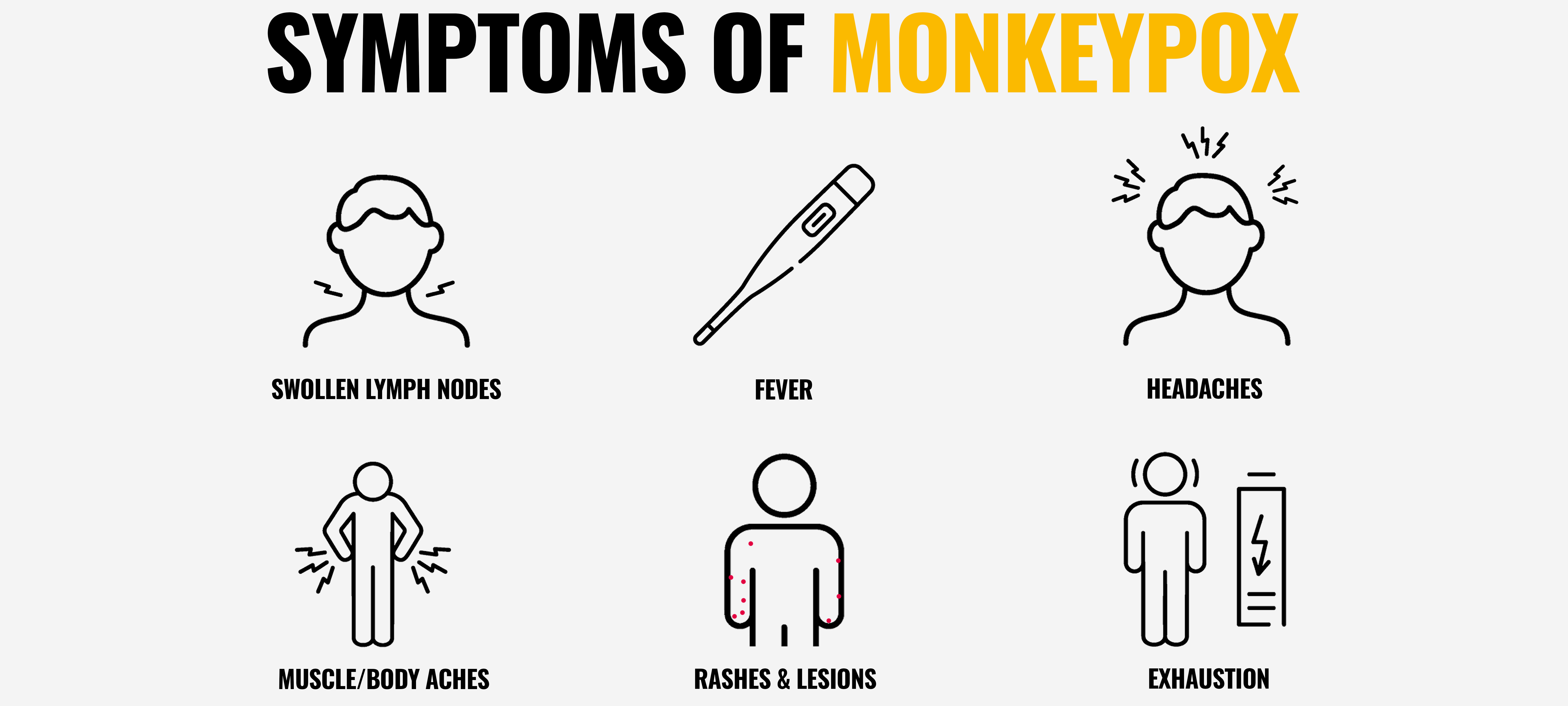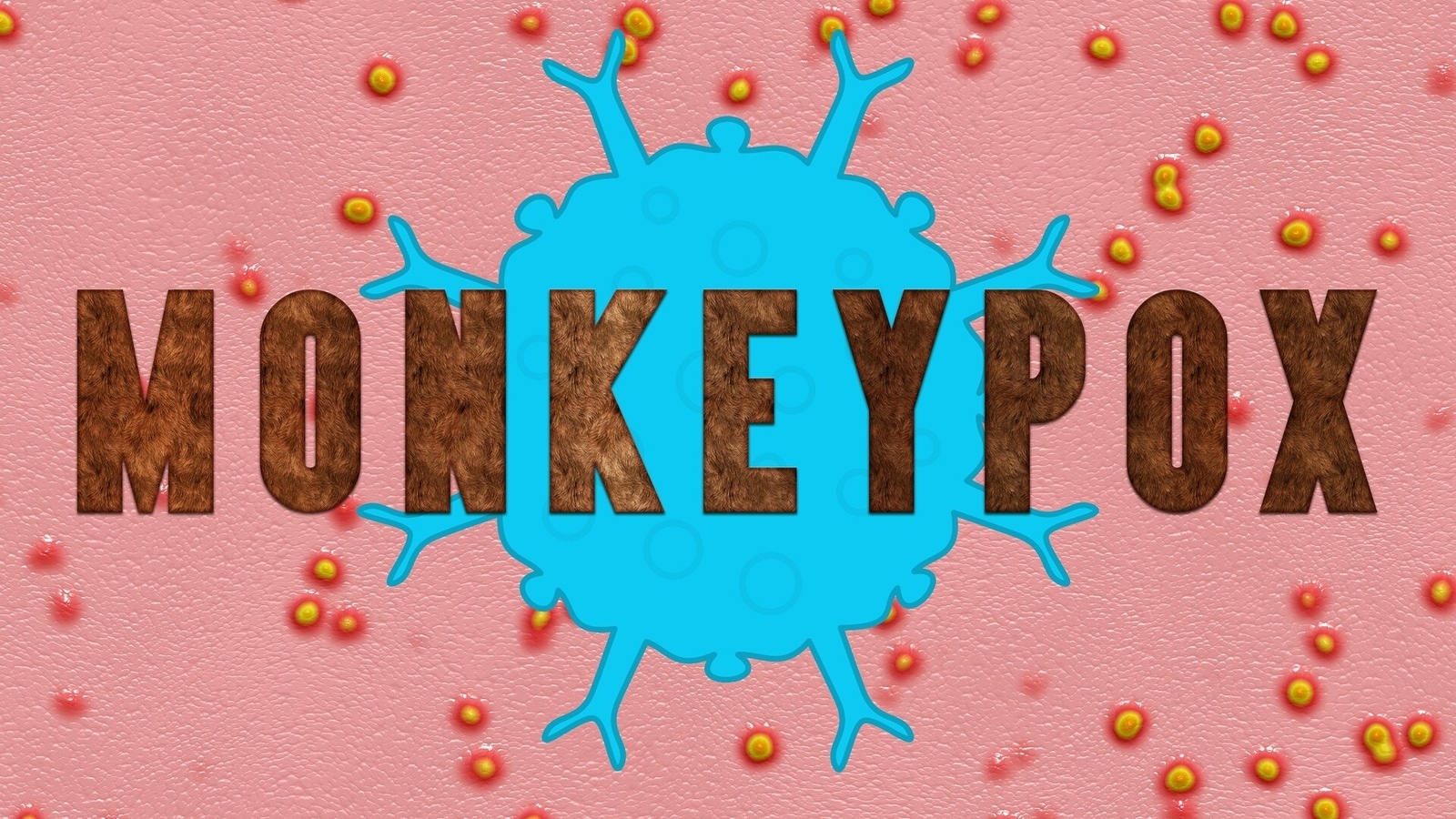

Rash develops within 1 -3 days of infection lasting 2-4 weeks. Symptoms in humans include fever, headache, muscle ache, chills, exhaustion and swollen lymph nodes.
MONKEY POX TRANSMISSION SKIN
Person to person transmission mostly is through close contact with respiratory droplets (amplified by sustained face to face contact, skin lesions, and infected fomites as well as mother to child transmission via the placenta or at birth through close contact.Īlthough the transmission cycle of monkeypox is not clearly understood nor has the primary reservoir host of the virus identified, the African rope squirrel ( Funisciurus spp.), among other rodent species, is considered a potential reservoir host of the monkeypox virus in endemic regions in Africa. Transmission between animals and humans occurs from direct contact with infected blood, bodily fluids, lesions or infected fomites. Prior to 2022, the following 11 countries have historically reported cases of monkeypox: Benin, Cameroon, Central African Republic, Congo, Côte d’Ivoire, DRC, Gabon, Liberia, Nigeria, Sierra Leone and South Sudan. Cameroon is the only country known to harbour both clades.Īs of October 2022, monkeypox has been reported from 13 Africa Union (AU) Member States (MS): Benin, Cameroon, Central African Republic, Congo, Democratic Republic of the Congo, Egypt, Ghana, Liberia, Morocco, Mozambique, Nigeria, Sudan, and South Africa. The clade I, which is most frequently reported from countries in central Africa, tends to be more severe than clade II. There are two known clades of the virus: clade I and clade II.

Monkeypox was first discovered in 1958 when two outbreaks of a pox-like disease occurred in colonies of monkeys kept for research, hence the name ‘monkeypox.’ The first human case of monkeypox was recorded in 1970 in the Democratic Republic of the Congo (DRC), which has subsequently spread to other central and western African countries. The disease presents with symptoms similar to smallpox but with a lesser severity. Monkeypox is a rare viral zoonotic disease caused by a double stranded DNA virus that belongs to the Orthopoxvirus genus of the Poxviridae family. Vaccines developed to protect against smallpox and monkeypox may be used to prevent and treat monkeypox virus infections and antivirals.Diagnostic testing to confirm cases involves using real-time or conventional polymerase chain reaction.Monkeypox is usually mild, and most people recover within a few weeks.Signs and symptoms of monkeypox include fever, rash and swollen lymph nodes.Monkeypox can spread in humans through close contact, often skin-to-skin contact, with an infected person or animal, or with material contaminated with the virus such as clothing, bedding, towels.It occurs primarily in tropical rainforest areas of central and west Africa.Monkeypox is a rare, viral zoonotic disease that is caused by the monkeypox virus.There is likely to be little immunity to the infection in those travelling. Milder cases of monkeypox may go undetected and represent a risk of person-to-person transmission.The virus is normally found in animals but the disease may be transmitted from animals to humans, usually through bites or scratches or consumption of bush meat.Children are at higher risk, and monkeypox during pregnancy may lead to complications, congenital monkeypox or stillbirth.


The disease is often self-limiting with symptoms usually resolving spontaneously within 14 to 21 days.Symptoms can be mild or severe, and associated with skin rash that can be very itchy or painful.The incubation period of monkeypox is usually from 6 to 13 days but can range from 5 to 21 days.Human to human transmission of monkeypox occurs by contact and droplet exposure via exhaled large droplets.In countries where monkeypox is endemic, these are the symptoms:


 0 kommentar(er)
0 kommentar(er)
